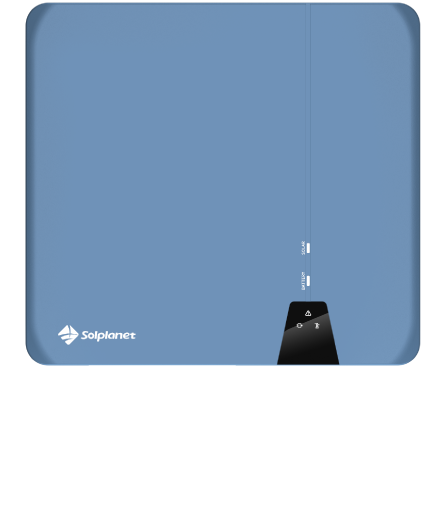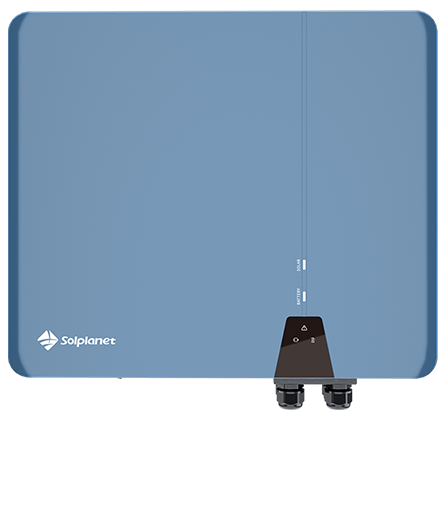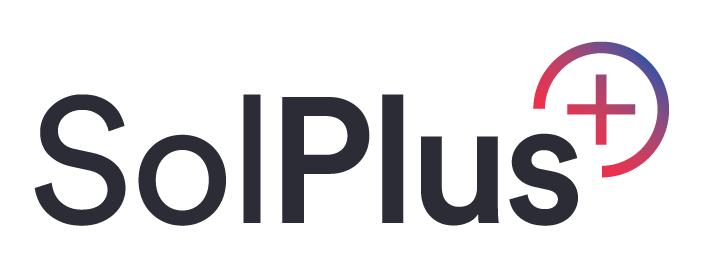2012-05-31
Bankruptcy or acquisition facing half of PV manufacturers
„At least“ half of the world’s existing photovoltaic manufacturers will either go bankrupt or be taken over, according to Ernst & Young and Bloomberg New Energy Finance (BNEF). Meanwhile, they have identified three key solar trends: financing innovations; residential grid parity; and the trading of large project portfolios.
In Ernst & Young’s latest renewable energy country attractiveness indices, Ernst & Young and BNEF state that although photovoltaic module prices have stabilized since last year, current costs – multicrystalline silicon modules are said to cost around US$1 per Watt, although quotes have been as low as $0.70 – are „unsustainable“. This has already led to a number of insolvencies and, said BNEF, „at least half the manufacturers currently in existence [are expected] to consolidate, either through bankruptcy or acquisition.“
They add that the U.S.-China trade case may well drive Chinese manufacturers to acquire smaller Western companies.
Ernst & Young and BNEF further said they expect to see three „hot topics“ cropping up over the next five years. In addition to more innovative financing models, they predict that the industry will see an increase in the „buying, bundling and de-risking [of] large portfolios of solar assets, to float as traded bonds and access pools of capital that can only make liquid investments,“ due to increased investor understanding.
„Warren Buffett’s MidAmerican Holdings sold US$850m (€637m) worth of bonds to finance the Topaz Solar Farm in California, which it bought from manufacturer and developer First Solar for US$2.4b (€1.8b) … We also expect the one GW Blythe project, under development by the insolvent Solar Trust of America and now to be sold to the highest bidder, to see plenty of interest from developers, investors and manufacturers,“ they wrote.
Furthermore, the two parties forecast the arrival of residential grid parity. Citing German photovoltaic system prices – systems below 100 kW were said to average €2.43/W in Q4 – they said, „Householders in Denmark, Italy, Spain, Hawaii and parts of Australia can make over six percent real internal rate of return (IRR) investing in solar systems, provided they manage to use every kWh generated instead of one they would have had to buy. This is technically grid parity at the residential level, or ’socket parity‘, and it is happening not tomorrow, but today.“
While it will be harder for larger-scale photovoltaic projects to work without subsidies, they point to the fact that there are a few countries where it is being trialed, including in Spain, Chile and Mexico. „The economics here are tight,“ they said, „and will require best practice in every aspect of project development, from filing for permits to engineering to financial structuring. However, the opportunity is only likely to grow as the experience of PV producers continues to push costs down.“
Bleak outlook
Overall, the renewable energy industry is facing a „bleak“ time in the short to medium term, according to the indices, although long term prospects are positive.
Ernst & Young found that clean energy investment levels were „the weakest since the depths of the financial crisis three years ago“ in the first quarter of 2012. Most noticeable, it said, was the ever-widening gap between developed and emerging markets, with the west suffering from reduced policy support, and developing nations implementing new strategies and incentive schemes.
Due to the „ongoing“ significant challenges facing all renewable energies, including the Eurozone debt crisis, reduced European policy support, Asian competition, decreasing carbon prices, and the U.S. shale gas „boom“, the short to medium outlook for the sector was described as bleak. Despite this, they believe that as more mature technologies move towards grid parity, „it is increasingly likely that the renewable energy sector will flourish in the long run“.
From: PV Magazine



